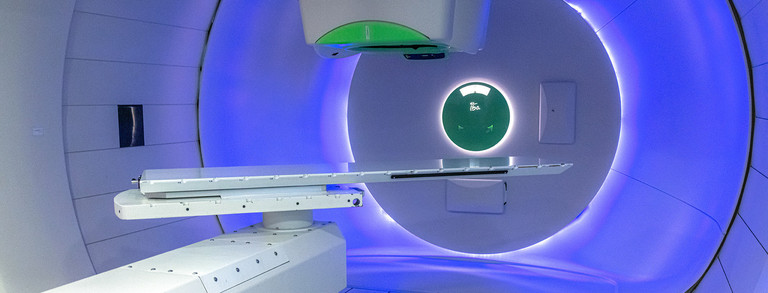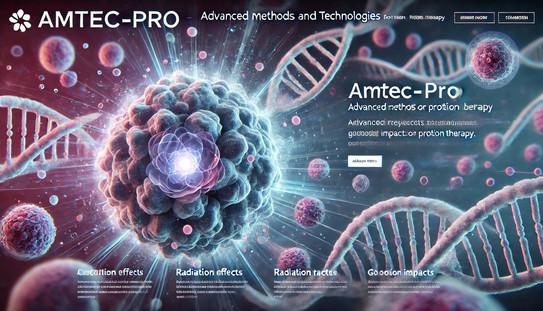Gadolinium complexes as MRI contrast agents and potential theragnostics in PT
State-of-the-art: In order to improve precision and optimize treatment with lower doses, MRI-guided PT is a strategy that is now actively being pursued and first prototype systems are being developed. In the clinical practice, treatment planning and quality assurance lead to a separation of about ten days between the administration of Gadolinium (Gd) -based contrast agents (CAs) for MRI and the first PT-fraction. Therefore, the patient’s system is Gd free before PT. The stronger integration of MRI into an adaptive workflow in PT might entail short time
spans between MRI imaging with Gd-CA and proton irradiations. This might affect the chemical stability of the Gd-CA, which has not been studied systematically. Decomposition of the organic ligand might lead to the release of free Gd-ions, which are toxic. However, if the use of Gd-CA was found to be compatible with PT, this would greatly contribute to the potential of MRI-guided PT and reduce waiting times between conventional PT and MRI checks of patients. In fact, a positive effect resembling the use of Au or Pt nanoparticles as sensitizers may also be possible. From the perspective of lanthanoid coordination chemistry another concern is the stability of the common Gd-based CAs under the conditions of PT.




